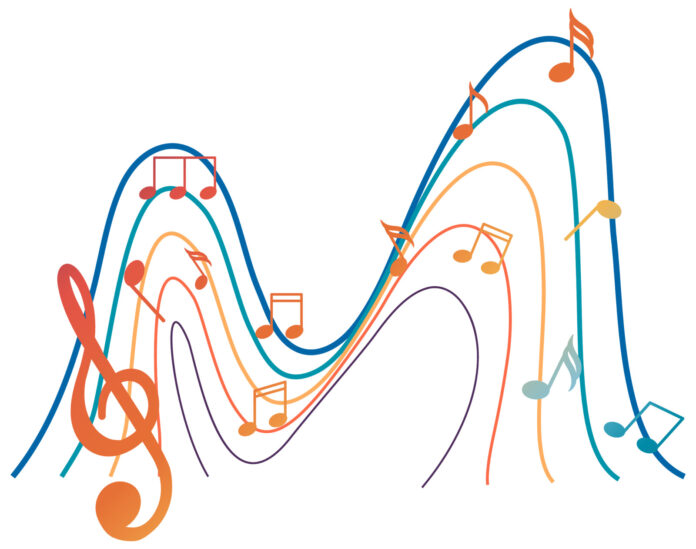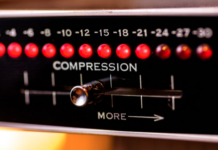A bat, a wolf, a dog, a gerbil, a bird and one person out of 10,000 all walk into a bar. A band is setting up on stage and the bass player randomly hits a note. All our characters look at each other and say “D.” Why? Because all these sentient beings have this in common: perfect pitch.
Perfect pitch. It’s that mysterious skill that seems to fade as we get older and is nearly impossible to develop after the age of 6. Also referred to as absolute pitch, it’s the ability to identify the pitch (the letter) of any note when played by itself as well as the ability to replicate (sing) any note on demand. Though it was long believed that perfect pitch could not be taught, there has been renewed debate in the last few years.
While a developed perfect pitch is rare, “relative pitch” is much more common. Most musicians develop some degree of relative pitch with or without formal training. Relative pitch is the ability to recognize a note by comparing it to another note and identifying the interval between them. In other words, if I told you I was playing the note A, then I played another note after that, you could tell me what that second note that was by hearing how far away it was from A. If I played a chord, a person with relative pitch could tell me what type of chord I played while a person with perfect pitch could tell me what notes were in it. While these are two separate skills, many musicians use a degree of both, either through repetition or some level of perfect pitch.
The reasons some have perfect pitch are not clear. The general consensus among those WHO study the subject is that children can develop these skills when receiving some sort of musical training between the ages of 2 and 6. This is known as a “critical period’ in child development. It has also been noted that as a person with perfect pitch ages, their ear can begin to drift and be a little less than perfect.
Another interesting connection lies between perfect pitch and what are called tonal languages – Chinese and Vietnamese are examples – that require the listener to notice small tonal inflections that convey different meanings. An example would be if thousands of words had the same amount of uses as the word “dude” does for us. All depends on how you say it, dude.
There is also a possible connection between perfect pitch and synesthesia. This is when your brain takes input from one sense and outputs that information to a different one – for instance, hearing a sound and visualizing a certain color.
As working musicians, most of us develop a good sense of relative pitch. Many people I know can guess the key of a song in just a few notes, having developed that skill through repetition alone. Having played those chords so many times, they are as familiar as the sound of their own breathing in the quietest parts of the night. Having awakened so many mornings when the first conscious thought is of a melody. But the best part about the ear training is that you have to stop talking for it to work.



















